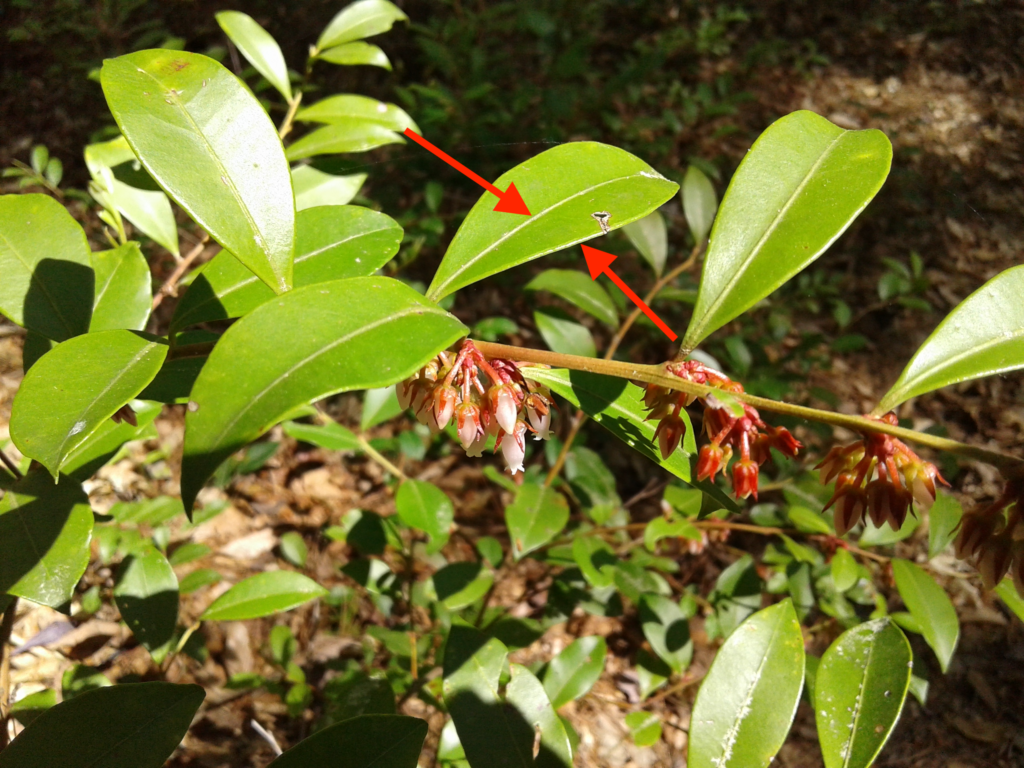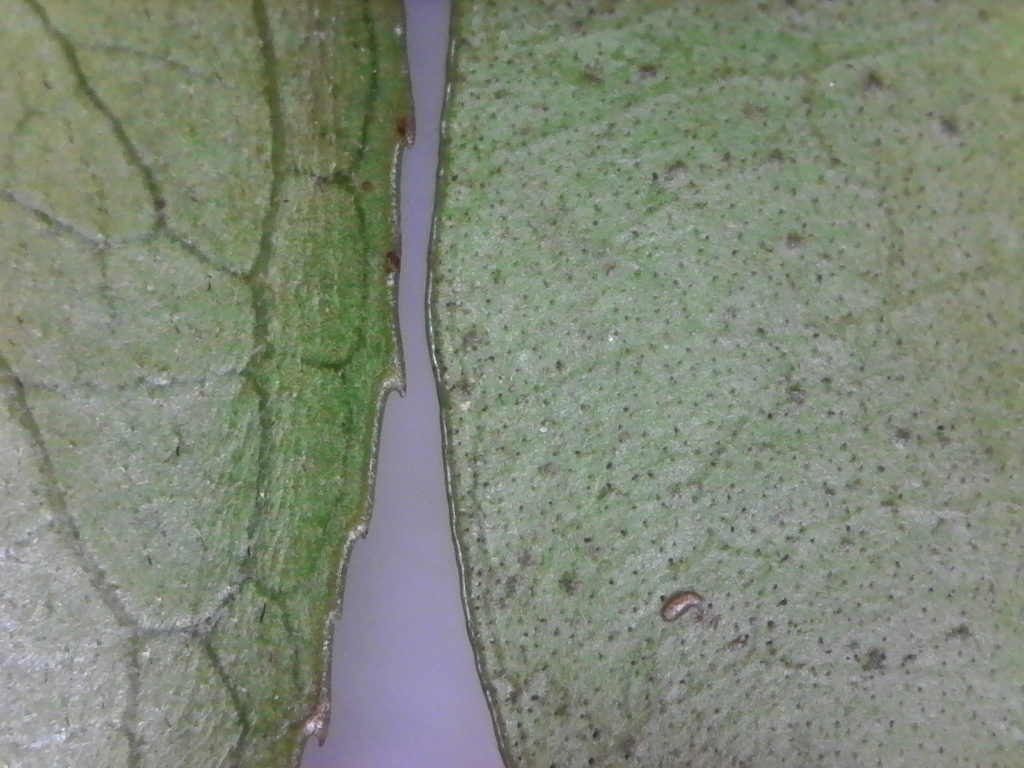What Is “Fetterbush”?
go.ncsu.edu/readext?931626
en Español / em Português
El inglés es el idioma de control de esta página. En la medida en que haya algún conflicto entre la traducción al inglés y la traducción, el inglés prevalece.
Al hacer clic en el enlace de traducción se activa un servicio de traducción gratuito para convertir la página al español. Al igual que con cualquier traducción por Internet, la conversión no es sensible al contexto y puede que no traduzca el texto en su significado original. NC State Extension no garantiza la exactitud del texto traducido. Por favor, tenga en cuenta que algunas aplicaciones y/o servicios pueden no funcionar como se espera cuando se traducen.
Português
Inglês é o idioma de controle desta página. Na medida que haja algum conflito entre o texto original em Inglês e a tradução, o Inglês prevalece.
Ao clicar no link de tradução, um serviço gratuito de tradução será ativado para converter a página para o Português. Como em qualquer tradução pela internet, a conversão não é sensivel ao contexto e pode não ocorrer a tradução para o significado orginal. O serviço de Extensão da Carolina do Norte (NC State Extension) não garante a exatidão do texto traduzido. Por favor, observe que algumas funções ou serviços podem não funcionar como esperado após a tradução.
English
English is the controlling language of this page. To the extent there is any conflict between the English text and the translation, English controls.
Clicking on the translation link activates a free translation service to convert the page to Spanish. As with any Internet translation, the conversion is not context-sensitive and may not translate the text to its original meaning. NC State Extension does not guarantee the accuracy of the translated text. Please note that some applications and/or services may not function as expected when translated.
Collapse ▲As noted in Carolina Nature’s entry for Lyonia lucida, “Confusingly Fetterbush refers to several different species; others include Eubotrys racemosa, Eubotrys recurva, and Pieris floribunda”. And I would add Leucothoe axillaris to that short list.
Two evergreen fetterbush likely to be encountered in Craven County are Lyonia lucida and Leucothoe axillaris. While superficially similar and often seen together in the forest understory, certain details make it easy to separate the two. Let’s start with the foliage. Lyonia has smooth (entire) leaf margins, as compared with the sparsely serrate margins of Leucothoe. A close look at the upper leaf surfaces reveals a prominent midvein on Lyonia, with very faint or obscure lateral veins. By comparison, Leucothoe axillaris leaves lack the prominent, raised midvein. But the lateral veins and connecting veins in between form a very visible and elaborate network across the upper leaf surface. Flowers of Lyonia lucida range from pink to red/burgundy to white. Flowers of Leucothoe axillaris tend more towards white to pink, and are seen as early as February in Craven County.
Both species are in the Ericaceae family and are highly toxic to people, pets and livestock if ingested.
Lyonia lucida, April 12, Craven County. Note the prominent midvein and smooth leaf margin.






